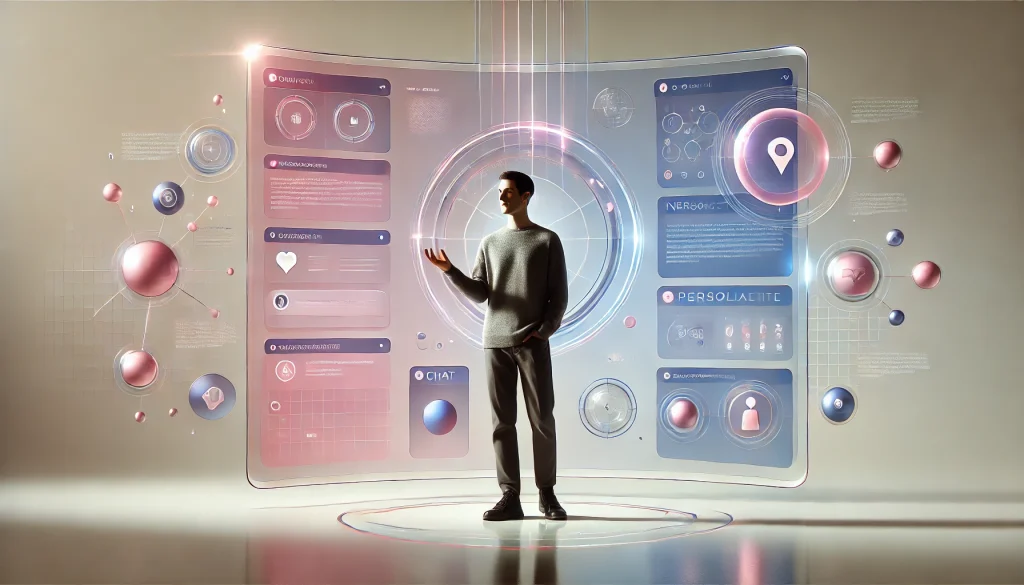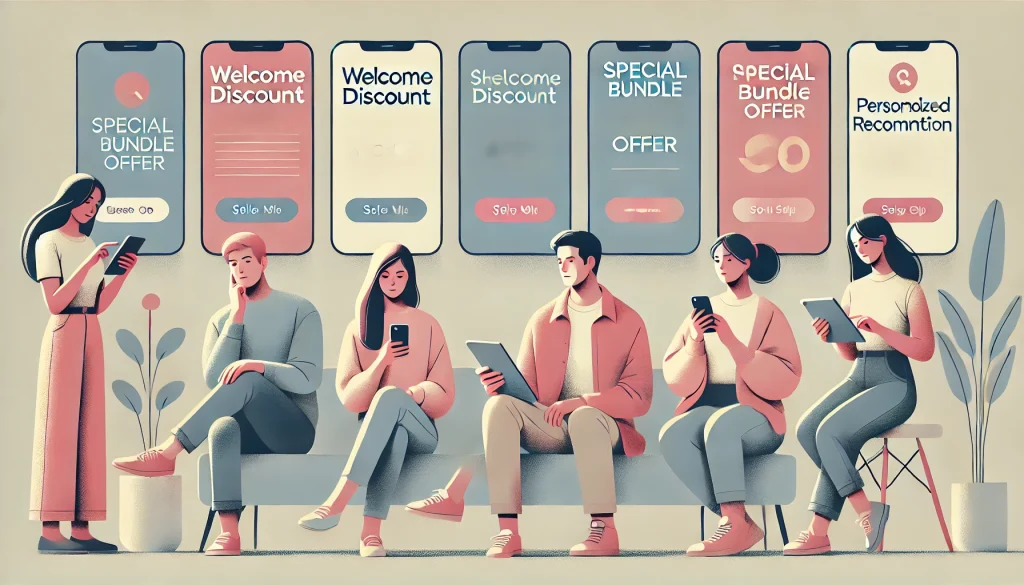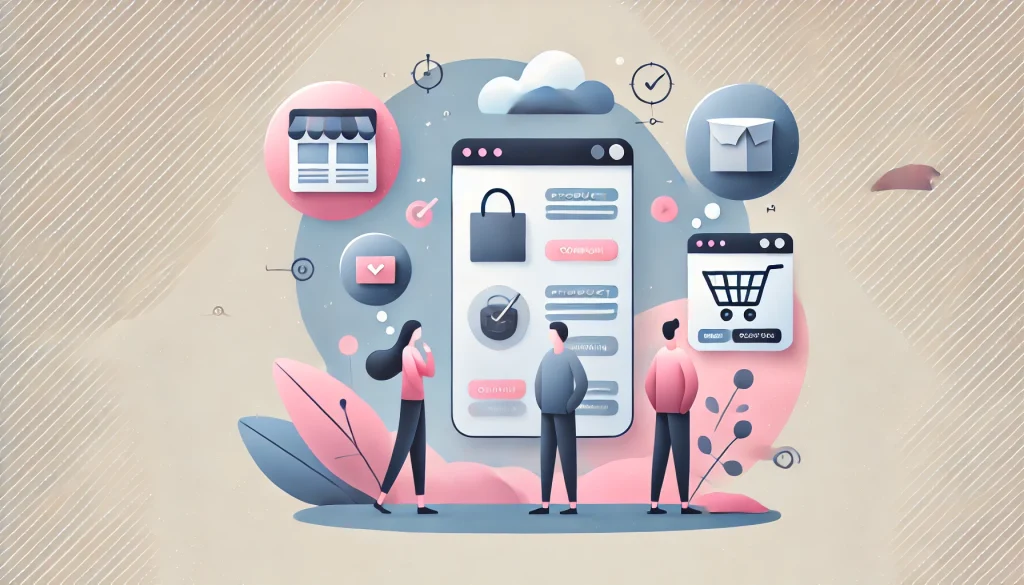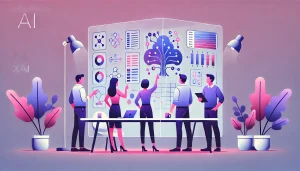
Your website is no longer just a digital brochure. It’s your most important growth engine. But having a good-looking site is not enough. Customers today expect personalization, instant responses, and frictionless experiences. That’s where Artificial Intelligence (AI) can help.
AI doesn’t replace great design, clear content, or strong messaging, but when combined with them, it can take your website from being functional to unforgettable. Let’s explore seven practical ways to integrate AI into your website and boost sales.
1. Personalized Landing Pages

Every visitor comes to your website with a unique intent. A first-time visitor may just want to learn about your offering, while a returning customer might be comparing pricing. Instead of showing everyone the same page, AI enables you to personalize landing experiences.
By analyzing factors like referral source, location, or browsing history, AI tools can adapt headlines, CTAs, and offers in real time. This level of personalization makes visitors feel understood and improves your chances of conversion.
Example tools: Mutiny, Adobe Target, Clearbit.
2. Smarter Search and Recommendations

Traditional site search often fails when users type in broad or unclear queries. AI-powered search changes that by understanding intent instead of relying only on keyword matches.
Imagine a visitor searching for “affordable app design.” Instead of sending them to a generic blog, an AI-powered engine can serve up case studies, pricing guides, or relevant services. Similarly, product or content recommendations can guide users to explore more, increasing time spent on site and overall conversions.
Example tools: Algolia AI, Elasticsearch + GPT.
3. Conversational Chatbots

AI-powered chatbots have evolved far beyond scripted FAQs. Today’s bots can answer complex queries, qualify leads, schedule demos, or even provide product recommendations – all in a conversational manner.
The biggest advantage? They work 24/7. Even when your team is offline, a well-designed chatbot ensures no visitor is left unattended, turning more traffic into opportunities.
Example tools: Intercom Fin, Drift, custom GPT-based bots.
4. Dynamic Pricing and Offers

Not every customer responds to the same offer. AI can help tailor pricing and discounts depending on user behavior, purchase history, or intent signals.
For example, a first-time visitor might see a special welcome discount, while a returning enterprise lead could be shown a “schedule a call” CTA instead of fixed pricing. Such contextual offers feel more relevant and help maximize conversions and revenue.
Example tools: Pricemoov, BlackCurve, or custom rule-based systems.
5. Guided Forms and Lead Capture

Nobody enjoys filling long, static forms. AI can help transform form filling into a conversational, guided experience. Instead of overwhelming visitors with endless fields, you can start with minimal questions and progressively capture details based on user responses.
This approach not only improves completion rates but also ensures you capture more accurate data for your sales pipeline.
Example tools: Typeform + GPT, Landbot, Outgrow.
6. Predictive Analytics

What if you could spot when a user is about to exit your site? With AI-driven predictive analytics, you can.
By analyzing user behavior in real time – like time spent on pricing pages, repeated scrolls, or cursor movements – AI can predict drop-offs and trigger timely interventions. This could be a chatbot popping up with a helpful answer, a limited-time discount, or a simple reminder to book a demo.
Example tools: Mixpanel AI, Pendo, Google Analytics + ML models.
7. Retargeting and Email Automation

Not all visitors convert on their first visit. That’s why retargeting and follow-up are critical. AI can make this process smarter by segmenting audiences, predicting the right time to reach out, and tailoring messages to individual preferences.
Whether it’s an abandoned cart email, a personalized product recommendation, or a targeted ad campaign, AI helps you stay top-of-mind and bring users back to complete their journey.
Example tools: HubSpot AI, Mailchimp AI, Meta Advantage+.
Final Thoughts
AI is not a silver bullet. Your website still needs strong design, compelling copy, and a smooth user journey. But when used right, AI can make these elements work harder, adding personalization, intelligence, and adaptability that traditional websites can’t offer.
The key is to start small: pick one or two of these strategies, measure the impact, and scale gradually. Over time, you’ll see your website evolve from being just informative to being a true sales driver.
Also Read: The Evolution of Front-End Development: Trends to Watch in 2025







